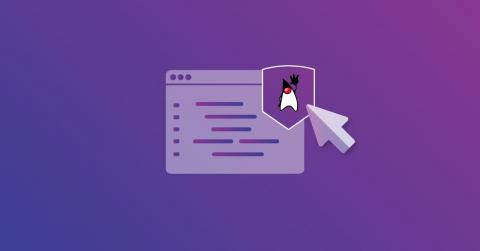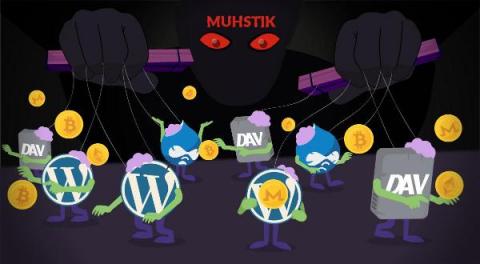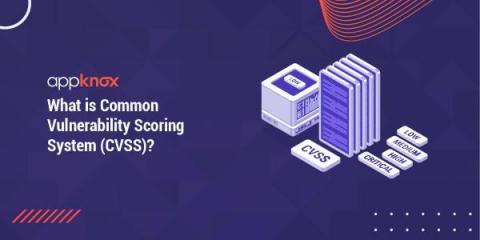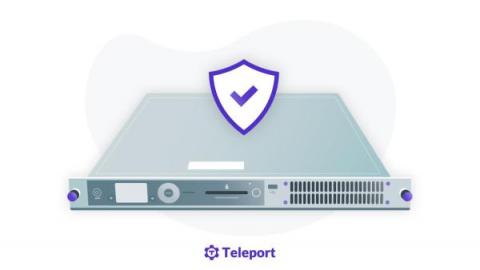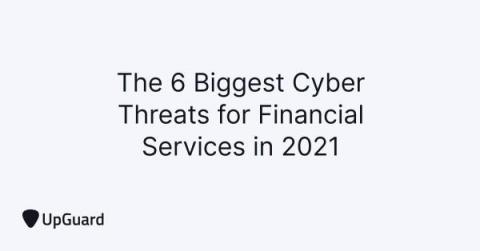Proactively fixing vulnerabilities to maintain Java security and project hygiene with Snyk
As a developer, I spend a lot of time in my GitHub account. I write apps, little utilities, and proof of concepts for when I am learning something new. I like to think that, because I spend a lot of time on GitHub, the overall health of my account is pretty high.


